“What does the Nanjing Massacre Have to do with Me” Episode Seven Yang Dongquan: The Story behind Inscription of Documents of Nanjing Massacre on the Memory of the World
At the Statues Square of No. 1 Gate of the Memorial Hall stands a square stone tablet over two meters high. Chinese characters meaning “Memory of the World and Documents of Nanjing Massacre” are written on the stone tablet, a symbol that the Nanjing Massacre is not only a memory of the city and the country, but also a memory of the world.
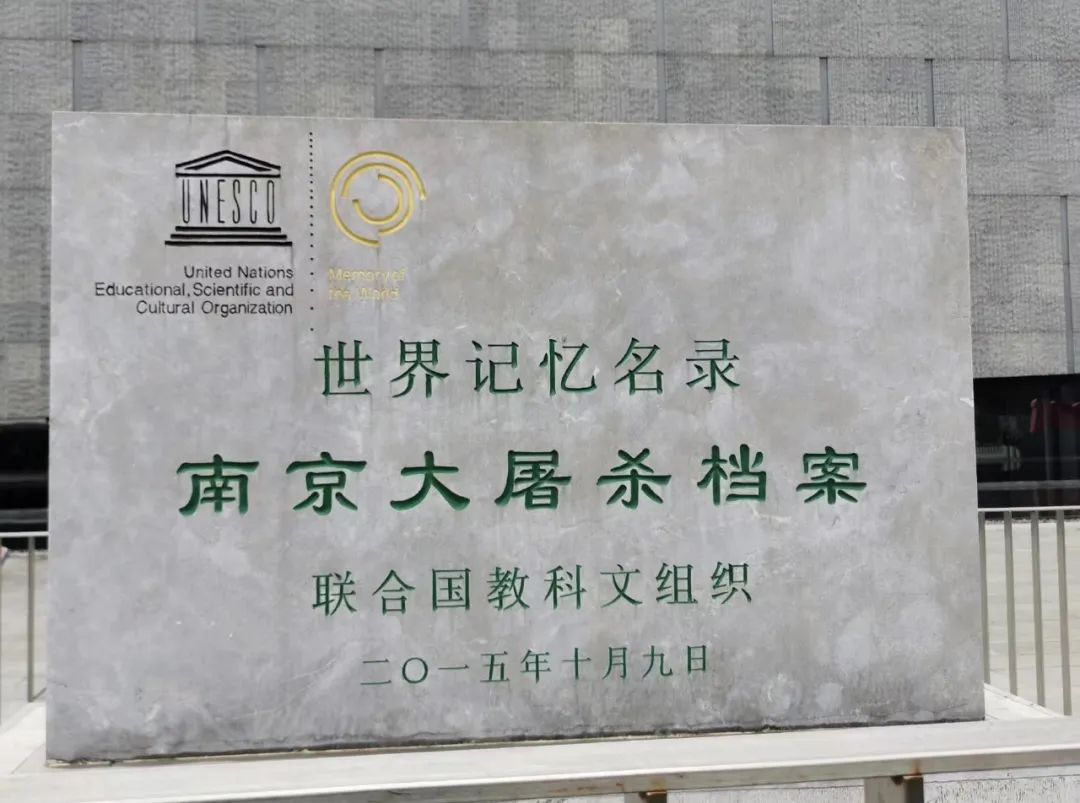
The stone tablet was erected in the Memorial Hall on December 8, 2018. Yang Dongquan, then director of the National Archives Administration of China, witnessed the whole process of applying for inscription of the Documents of Nanjing Massacre on the Memory of the World register.
Ahead of the ninth national memorial day for the victims of the Nanjing Massacre, the staff member of the Memorial Hall called Yang in Beijing to learn about the story behind the inscription of the Documents of Nanjing Massacre on the Memory of the World register. “I’m very honored to have witnessed and taken part in the whole application process. It’s been several years since that, but everything is still vivid in my mind,” Yang said.

Yang Dongquan
A Sudden Change in Plan One Month before the Application Deadline
“It was February 26, 2014. Before noon, a staff member of the National Archives Administration of China walked into my office in a hurry. He reported to me that at a multi-ministry coordination meeting that morning, the attendees suggested that the administration submit archives about the Nanjing Massacre and how the Japanese army forced women to become ‘sex slaves’ to the United Nations Educational, Scientific, and Cultural Organization (UNESCO) for inscription on the Memory of the World register that year. He told me that the administration must make a decision as soon as possible,” Yang recalled.
Every two years, a country can apply to inscribe two projects on the Memory of the World register. Before the meeting, the administration had got application materials ready regarding two star charts dating back to the Ming Dynasty (1368-1644). A sudden change in application materials would pose grave challenges to them. First, the application deadline was March 31, which meant they only had 32 days to prepare the materials. Second, the administration would inevitably face great opposition from Japan.
But when Yang remembered that Japan had been denying the history maliciously, he immediately decided to change the original plan and go all out to reorganize the team members to inscribe archives about the Nanjing Massacre and how the Japanese army forced women to become ‘sex slaves’ on the UNESCO Memory of the World list.
Intense Preparation
With limited time left to prepare the application materials, Yang directly participated in every link. What impressed him most was how to define the value The Diary of Cheng Ruifang.
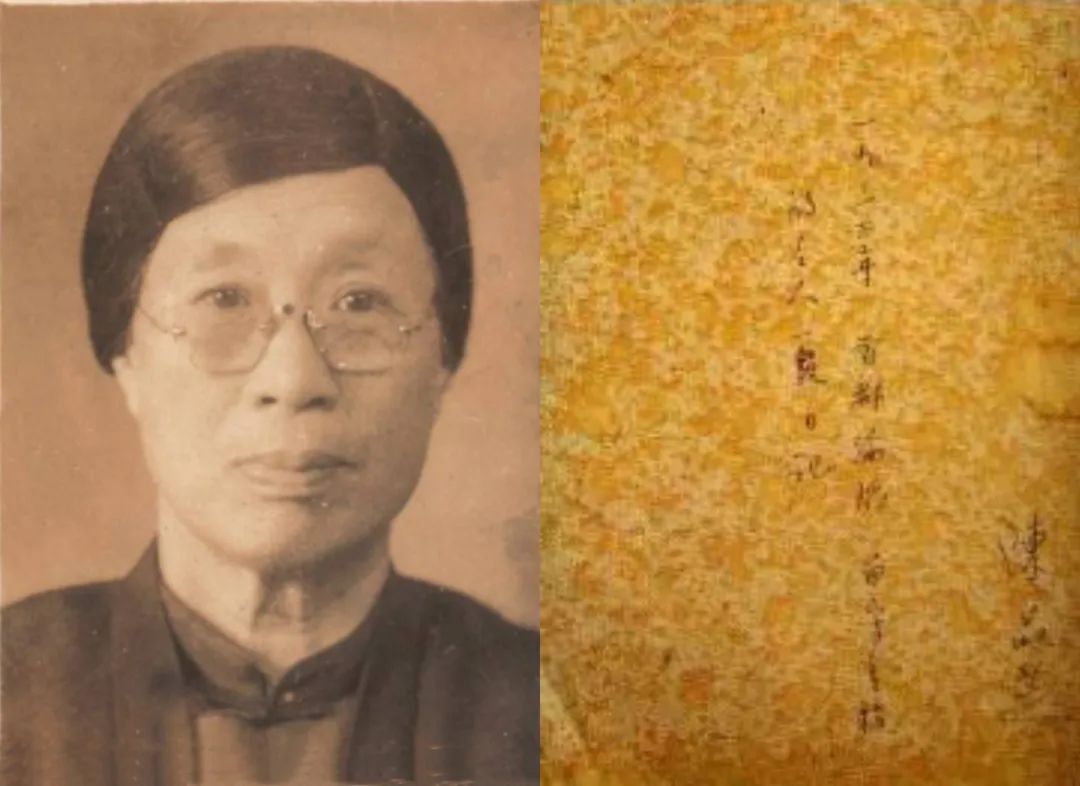
After reading the diary, Yang immediately thought of The Diary of Anne Frank. He called The Diary of Cheng Ruifang “Oriental Diary of Anne Frank” or “China’s Diary of Anne Frank”. He cited five reasons for the evaluation. “First, Anne and Cheng are both female. Second, they both lived under the horror of the fascist war. Third, they both recorded what they saw and heard in their diaries. Fourth, they both had strong feelings of compassion. Fifth, the UNESCO included The Diary of Anne Frank in its Memory of the World register in 2009. By comparing The Diary of Cheng Ruifang with The Diary of Anne Frank, the team wanted to tell the UNESCO expert panel of judges that China’s documents of the Nanjing Massacre, including The Diary of Cheng Ruifang, should also be inscribed on the Memory of the World list and remembered by the world. Besides, the comparison pinpointed the characteristics of The Diary of Cheng Ruifang, in a way that could highlight its bright spot.
Finally, after repeated screening and revisions, Yang and his team officially submitted the Nomination Form of Nanjing Massacre documents and “sex slaves” documents to the Secretariat of the UNESCO Memory of the World Programme on the afternoon of the application deadline in the name of National Archives Administration Memory of the World Programme China National Committee.
The documents included 11 sets of files on the Nanjing Massacre. The Central Archives of China (National Archives Administration of China), the Second Historical Archives of China, Liaoning Provincial Archives, Jilin Provincial Archives, Shanghai Municipal Archives, Nanjing Municipal Archives and The Memorial Hall of the Victims in Nanjing Massacre by Japanese Invaders jointly nominated the documents.
These documents jointly recorded the monstrous crimes and shameless acts of Japanese invaders in Nanjing, including massacre, rape, and robbery.
Objections from Japan
When learning that the documents submitted by China were related to the Nanjing Massacre and “sex slaves”, Japan started a process of unreasonable objections and crazy obstructions.
A right-wing group of Japan sent a letter of complaint and a letter jointly signed by more than 1,500 experts to the expert panel of judges, falsely claiming that the submitted documents related to the Nanjing Massacre were “not real” and “made up”.
“They listed many reasons in the letter of complaint, but it was ridiculous. For example, on a photo, the Japanese soldier killing the people wore very little clothing. They claimed the photo was ‘not real’ on the ground that the Japanese troops marched into the city of Nanjing in winter (December).”
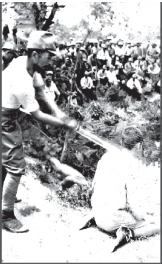
A Japanese soldier in white shirt was killing Chinese captives
In fact, Cheng Ruifang clearly recorded what happened in her diary entry of December 12, 1937: “The weather has been very warm in the past two weeks. This is a good thing for the refugees, but it helps the enemy, too.” So it is understandable that the Japanese soldier was wearing very little at that time.
“The most ridiculous objection raised by Japan was about the fact that Japanese soldiers raped lots of women after occupying Nanjing. The letter said that in the normal course of events, the number of population in Nanjing would significantly increase in the next year because the raped women would get pregnant and give birth to babies, but population figures didn’t show an abnormal increase in the population numbers that year. What a shameless logic! The fact is some Japanese soldiers killed women after raping them, and some women committed suicide after being raped due to a deep sense of humiliation. How can we expect the Japanese right-wing forces to understand the moral integrity of Chinese women?!” Yang said indignantly.
Successful Inscription on the Memory of the World List
Finally, China’s intense preparation and tough struggles against Japan’s opposition paid off. On the evening of October 9, 2015 local time in Abu Dhabi, the United Arab Emirates, the official website of the UNESCO announced the list of new inscriptions on the International Memory of the World Register (2014-2015). Documents of Nanjing Massacre nominated by China made the list, becoming the 10th world memory heritage of China on the list.
From then on, the Nanjing Massacre evolved from a memory of a city and a country to a memory of the world!
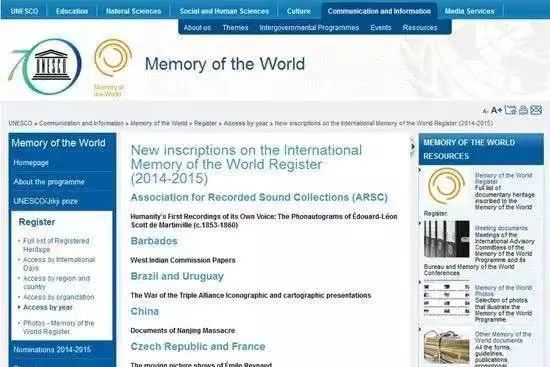
A screenshot from the UNESCO website
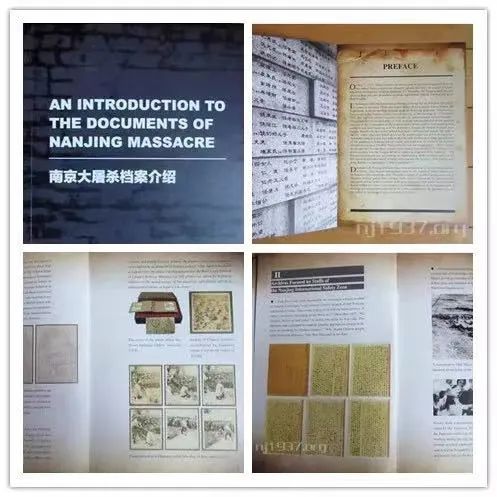
An introduction to the Documents of Nanjing Massacre
When learning about the news, Yang, who then just left the post of director, was greatly relieved and excited. “Justice has finally triumphed! We have finally achieved our main purpose! The heavy weight is finally lifted off my shoulders!” he said at the news.
“I remembered after the result was announced, media outlets across China published news, reports, commentaries and interviews one after another. You know, it was not the first time China successfully applied for world heritage status, but there had never been so strong a response from the public and media. When some media outlets interviewed me, I always said excitedly, ‘The successful inscription of Documents of Nanjing Massacre will nail Japan on a pillar of shame for eternity. In the past, Japan often denied that the Nanjing Massacre took place, but now the Nanjing Massacre has become a memory of the world and the humanity. It was like having a word tattooed on Japan’s face that could never be wiped or washed off!’”
Compiling Documents and Erecting the Stone Tablet to Let More People Remember What Happened in Nanjing
To protect and utilize these precious archives with greater efficiency, the seven nominators including the Memorial Hall spent more than two years sorting out, digitalizing and classifying vast quantities of documents related the Nanjing Massacre and creating a data base of their collection.
In 2017, Memory of the World — Documents of Nanjing Massacre (20 volumes in total) was published. The book includes seven parts across 20 volumes, along with a general Table of Contents. Each archive comes in three languages, i.e. Chinese, English and Japanese. The book covers records of Japanese invaders, records of third-party individuals from countries like the United States and the United Kingdom, and stories of Chinese victims.
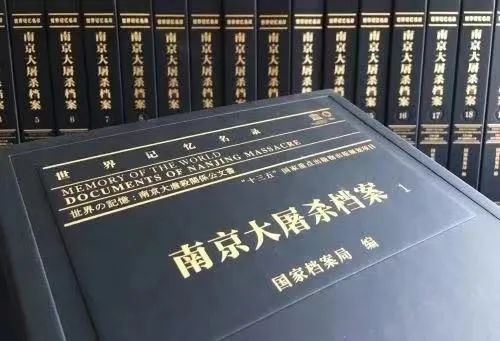
On December 8, 2018, ahead of the fifth national memorial day for the victims of the Nanjing Massacre, Xia Shuqin, a survivor of the massacre, inaugurated the stone tablet that commemorates the inscription of Documents of Nanjing Massacre on the Memory of the World register at the Statues Square of No. 1 Gate of the Memorial Hall. Since then, the stone tablet has been standing at the main entrance to the Memorial Hall, serving as a quiet reminder to every visitor of what happened here.

Yang interpreted the importance and significance of Documents of Nanjing Massacre from the perspective of a professional archive manager:
“Firstly, Documents of Nanjing Massacre included authentic materials that faithfully reflected the history of the Nanjing Massacre, providing irrefutable evidence of the atrocities committed by the Japanese invaders in China. Secondly, historical materials and documents are indispensable to historians for digging into the history of the Nanjing Massacre. Thirdly, Documents of Nanjing Massacre are also vivid teaching materials for the masses. Strongly persuasive and appealing, they are of great significance for patriotic education among the next generation, especially teenagers.”
“Whenever I visit the Memorial Hall and see photos about the skeletons of the victims, clothes of children who were killed, and raped women, I am overcome with grief. They were all our compatriots! As an archivist, I tried my best to help include Documents of Nanjing Massacre in the Memory of the World list so that more people can understand the truth behind the massacre and remember the sufferings and hardships in the past. This was the best comfort to the victims. Although we didn’t experience the massacre, we are standing on a land where the extremely holocaust took place. How can I say the history has nothing to do with me?” Yang said firmly when asked “what does the Nanjing Massacre have to do with you?”

